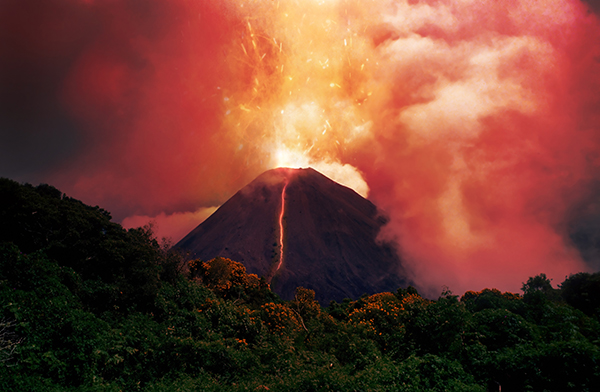
Newsom declares state of emergency ahead of winter storm
It was the third storm to bring an atmospheric river over the past month in California. One happened on New Year's Eve, which caused severe flooding and debris flows. (Related: Scientists believe a megaflood is coming that will devastate California.) Meanwhile, the California Department of Water Resources stated on Jan. 3, that the organization has prepositioned flood fight materials and equipment at 38 different locations. They also deployed levee inspectors before the rainfall. Also, California Gov. Gavin Newsom declared a state of emergency ahead of the winter storm on Jan. 4, and authorized the mobilization of the California National Guard. "California is mobilizing to keep people safe from the impacts of the incoming storm," Newsom said in a statement. "This state of emergency will allow the state to respond quickly as the storm develops and support local officials in their ongoing response." Disaster.news has more stories about calamities. Watch Gabor "Gabe" Zolna talk about how the atmospheric river is causing heavy flooding in California below. This video is from the zolnareport.com channel on Brighteon.com.More related stories:
Hurricane Nicole leaves at least 5 people dead in Florida. Federal government may have "weaponized" Hurricane Ian to magnify climate change narrative. Orange juice price hike looms after Hurricane Ian batters Florida's citrus orchards. Hurricane Ian leaves over TWO MILLION Floridians without power. Sources include: FoxLA.com CBSNews.com StrangeSounds.org AccuWeather.com NPR.org Brighteon.comMEGADROUGHT: U.S. corn yields at DISMAL levels compared to 2008
By Ethan Huff // Share
10 Basic tips for wilderness and urban stealth camping
By Olivia Cook // Share
DIY prepping: How to set up a gravity-fed water system
By Zoey Sky // Share
An invisible assault: How everyday heavy metals sabotage brain health
By willowt // Share
Pentagon warns of China's rapidly expanding nuclear arsenal
By kevinhughes // Share
FCC grounds new Chinese drones in sweeping security move
By avagrace // Share
The methylation switch: Scientists identify diet that can turn back the cellular clock
By jacobthomas // Share
Renaissance or Ruin: A wake-up call for cultural revival and self-sufficiency
By kevinhughes // Share
Weight loss in midlife may trigger brain inflammation, study finds
By avagrace // Share











